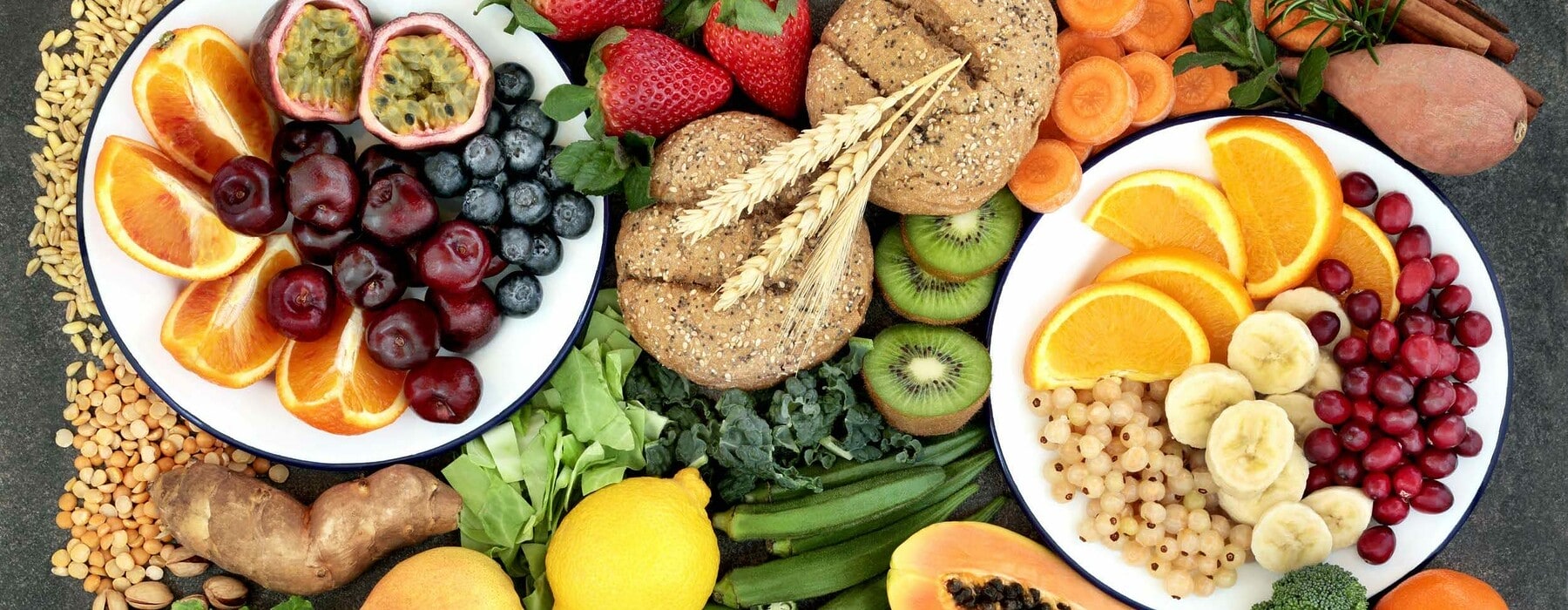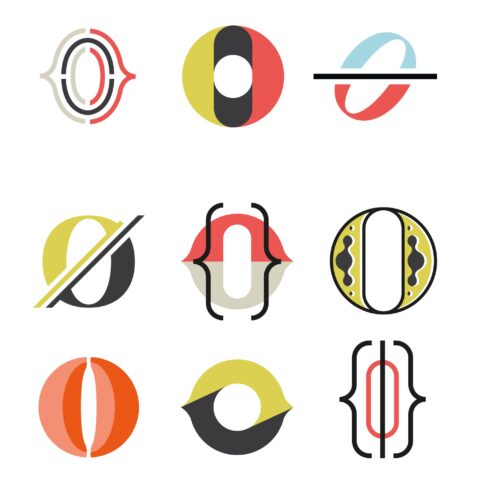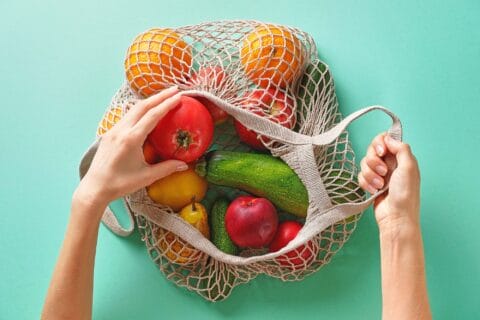It’s important to include all these different types of fibre in your diet.
- Insoluble fibre: Does not dissolve in water, provides the bulk of your stool and decreases the time it takes for stools to move through the bowel. Vegetables, nuts, wholegrains, rye, whole wheat, rice and beans are all high in insoluble fibre.
- Soluble fibre: Dissolves in water and forms a gel. It is beneficial for reducing cholesterol and lowering blood pressure, delays stomach-emptying and slows glucose absorption. Fruit, carrots, beans, barley, bananas and oats are high in soluble fibre.
- Resistant starch: A type of soluble fibre that is broken down by bacteria, which then produce short chain fatty acids, which are super good for our health. Foods high in resistant starch include cold cooked potatoes, bananas, legumes and grains.
- Prebiotics: Fibre that the bacteria in your gut can break down and feed on. These promote good gut health by feeding the good bacteria (probiotics) and encouraging their growth.
Wise up on the types of fibre that are added to foods
Take a look at any packaged food that’s labelled “high fibre” and you’re likely to see a few added fibres in the ingredients list. Keep your eyes peeled for these:
- Extracted fibre: This is extracted from food using a variety of processing techniques. For example, inulin is a fibre that is extracted from chicory roots. It is often added to processed foods to increase fibre content, to improve a food’s health star rating or meet manufacturing claims of being a high-fibre product. There’s not enough data to prove whether these have the same benefits as whole food sources of fibre.
- Processed fibre: Most supermarket breads and cereals contain processed fibre; for example, wholegrain wheat that is ground up into fine pieces or kibbled wheat or flour. Processed fibre is often added to lower-fibre foods during processing to increase fibre content. There is some evidence this fibre does not have the same health benefits as the fibre found in whole foods.
- Fibre from whole food: This includes any food that contains fibre and is in its natural state or as close to its natural state as possible. For example, brown rice, wholegrain oats, legumes, fruits, raw nuts and seeds and vegetables. Choose these foods most for a naturally high-fibre diet.
What does 30 grams of fibre look like?
Breakfast: 1⁄2 cup of wholegrain oats with milk plus 1 banana = 6.6 grams of fibre
Snack: 1 apple and 30 grams of raw nuts = 6.6 grams of fibre
Lunch: Tuna salad wrap = 5.8 grams of fibre
Snack: 2 apricots and 4 pieces of dark chocolate = 1.4 grams of fibre
Dinner: 1⁄2 cup mashed kūmara, 1⁄4 cup broccoli, 1⁄4 cup carrot, 1⁄4 cup cauliflower, 100 grams of chicken = 10 grams of fibre
Total: 30.4 grams of fibre
High-fibre foods to target
Fruits, vegetables, starchy vegetables like kūmara and potato, wholegrain foods such oats, corn, brown rice, quinoa, millet, nuts, seeds and legumes (beans, chickpeas, lentils).
Wash it down with water
Eating lots of fibre? Drink plenty of water, as fibre absorbs water and keeps it in the bowel. Extra water will help keep your bowels moving.








